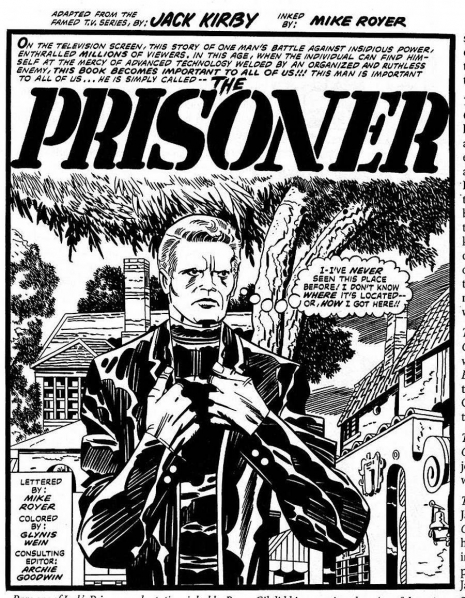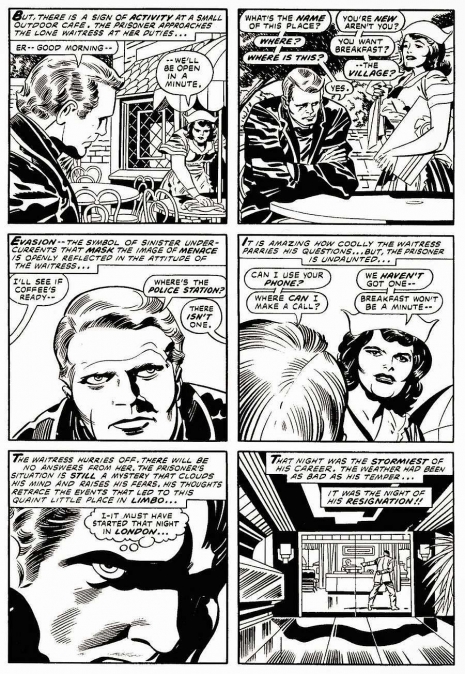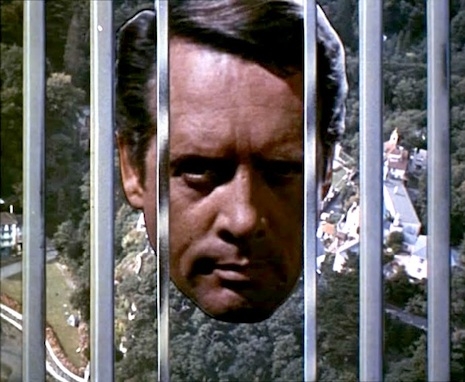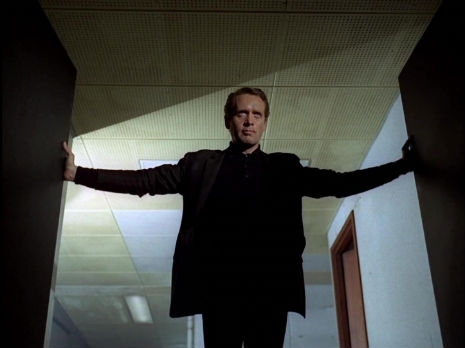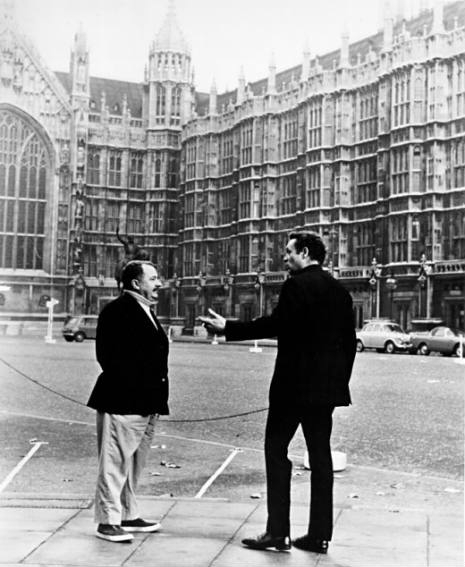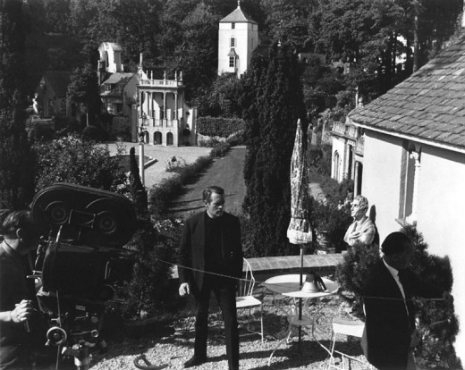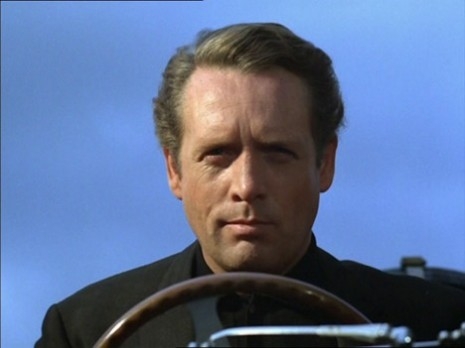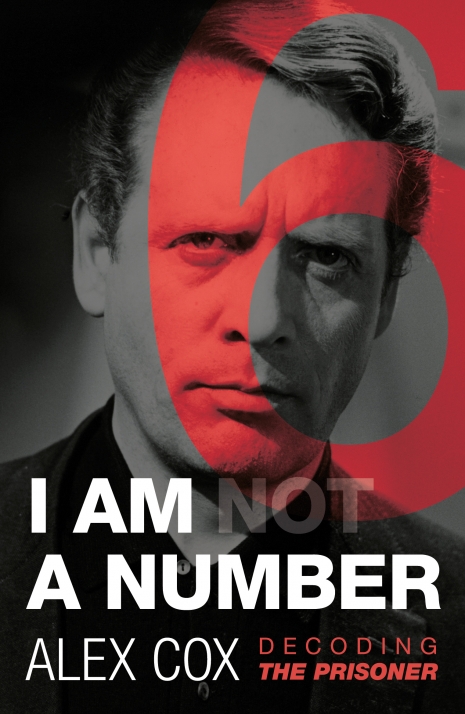
It turns out leaving your house still pays sometimes: if I hadn’t stepped into a bookstore last weekend, I would be unaware of Alex Cox’s latest volume, I Am (Not) A Number: Decoding the Prisoner. Kamera Books published it in the UK last December to mark the series’ 50th anniversary, and the book came out in the US this May.
Like his introductions to cult movies on Moviedrome—like his interpretation of his own Repo Man, for that matter, a movie Cox insists is really about nuclear war—the director’s reading of The Prisoner is idiosyncratic and ingenious. Even though I don’t buy them yet, the solutions he proposes to the series’ riddles are brilliant and original; I won’t spoil them here, but it’s safe to say you’re unlikely to have come up with them yourself.

The 17 episodes of The Prisoner were broadcast in a different order in the UK and the US, and their correct sequence has never been settled. The Wikipedia page on the subject compares the production order (“not an intended viewing order,” the alt.tv.prisoner FAQ of blessed memory asserts) with four plausible running orders advanced or defended by fans over the years, based on the original broadcast or on different kinds of internal evidence in the shows: dates mentioned, logical sequence of plot developments, etc.
Cox has no use for any of these. Along with the series’ call sheets and screenplays, his interpretation is based on watching the episodes in the order of their filming—i.e., the production order most cultists reject as totally unsuitable for viewing. While this sequence is as reasonable as any other, it radically shuffles the narrative. For instance, “Once Upon a Time,” which is the second-to-last episode in every other programming of the series because it seems to lead directly to the finale, is sixth in Cox’s.
I’ve just started rewatching the series as Cox recommends. It’s too early to say whether the production order supports his conclusions, but I’m enjoying the shake-up so far. Below, the director discusses his book in a short promotional video.






